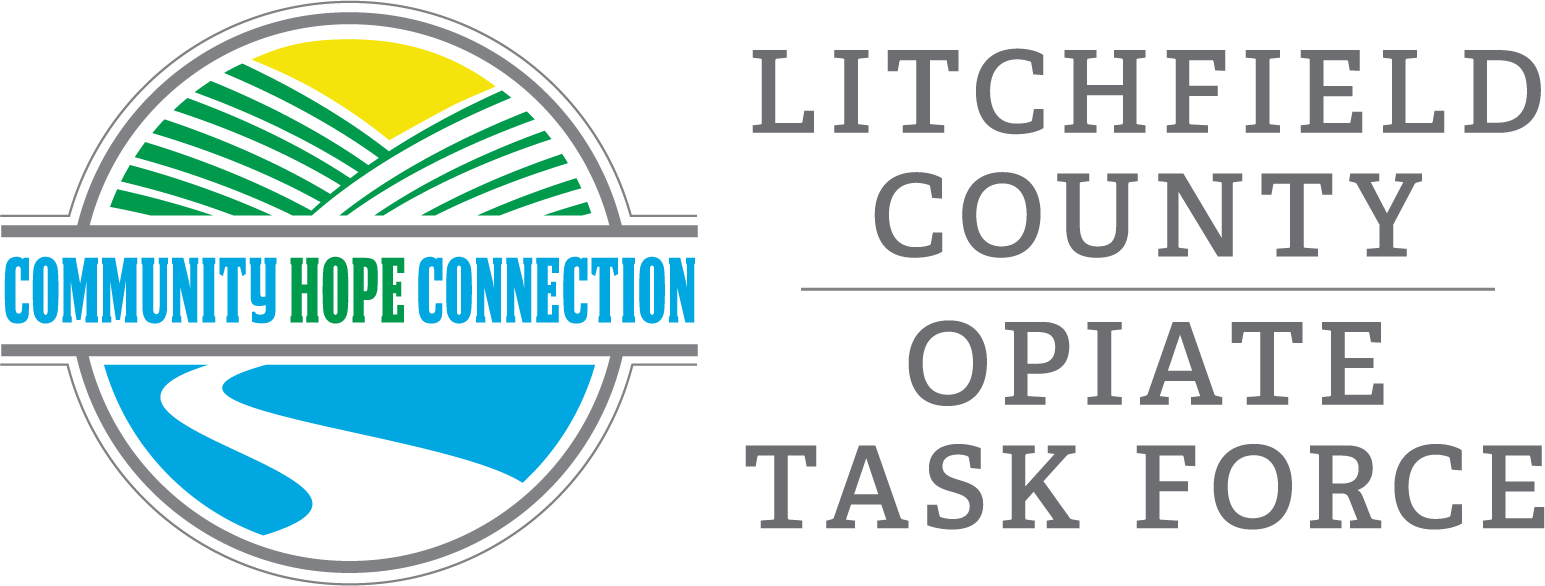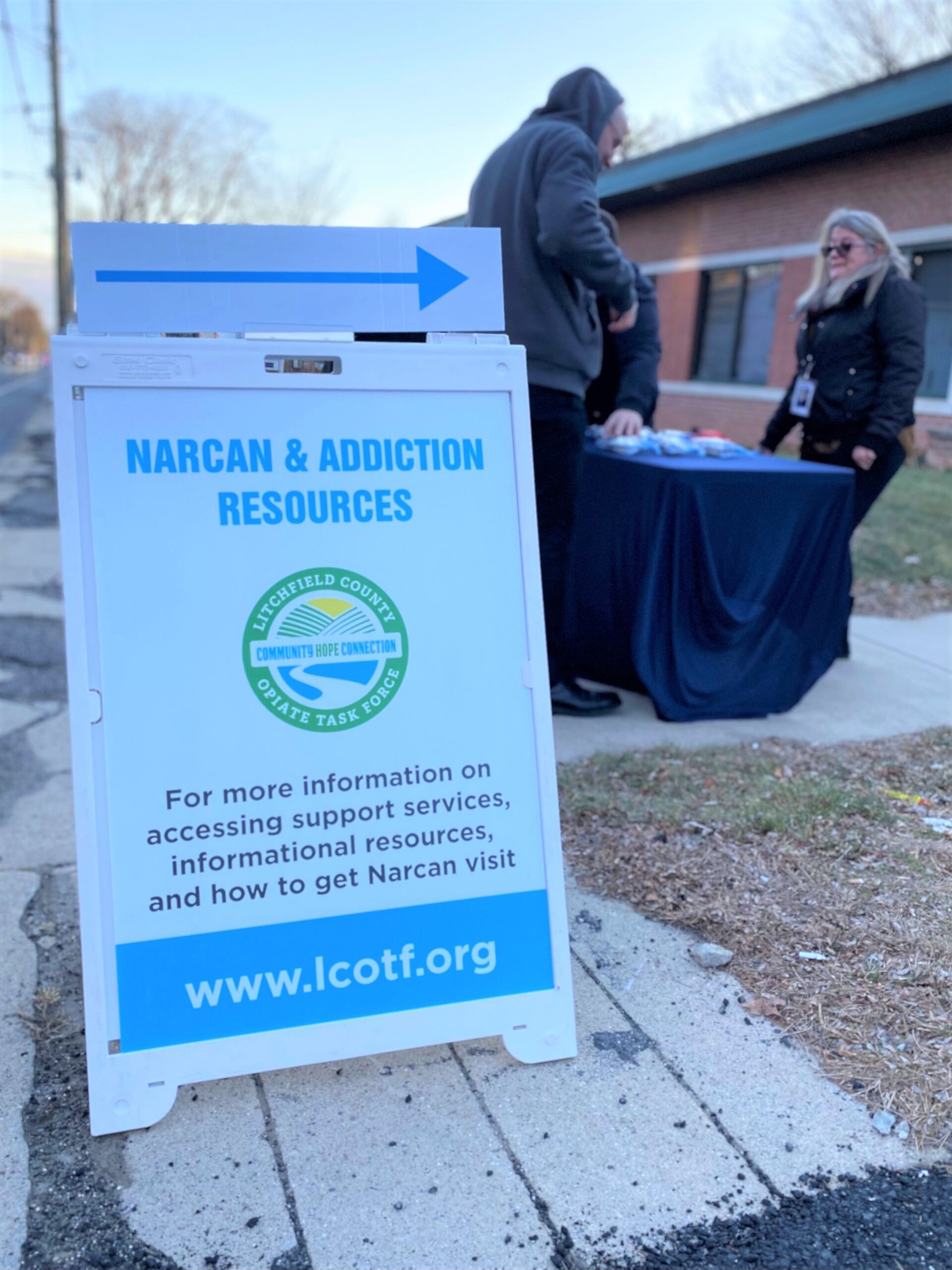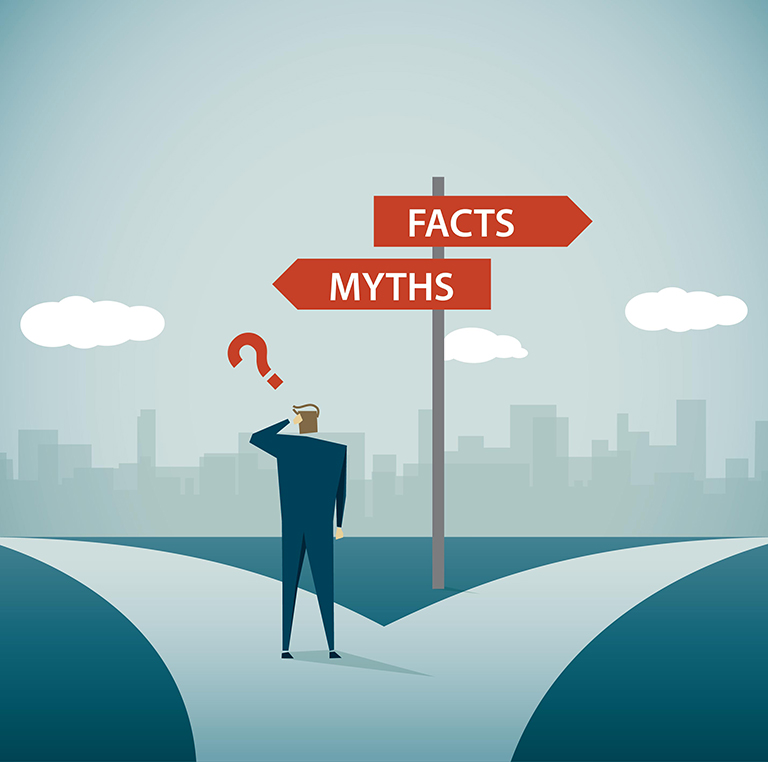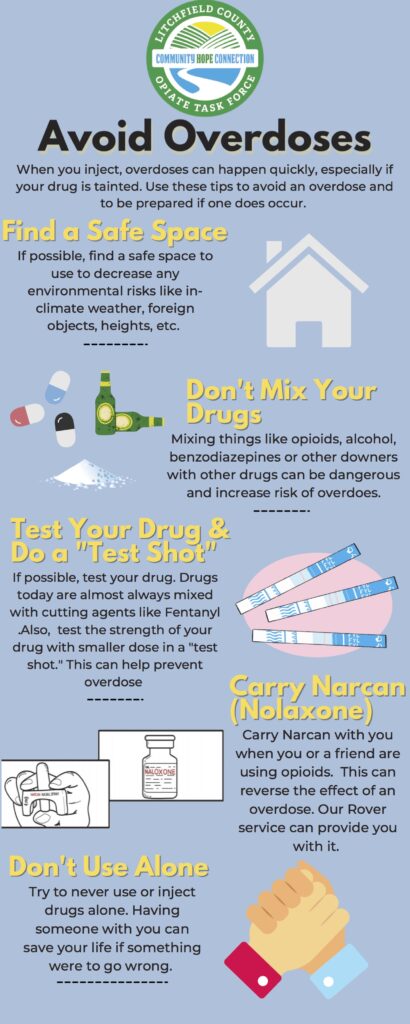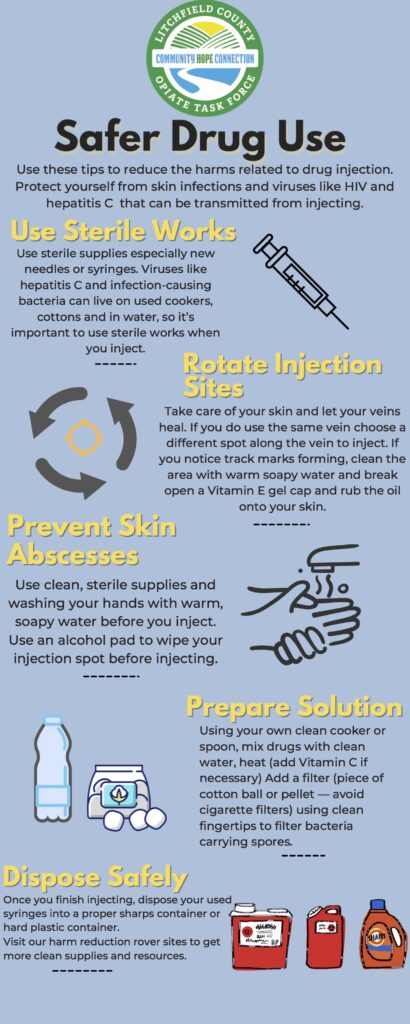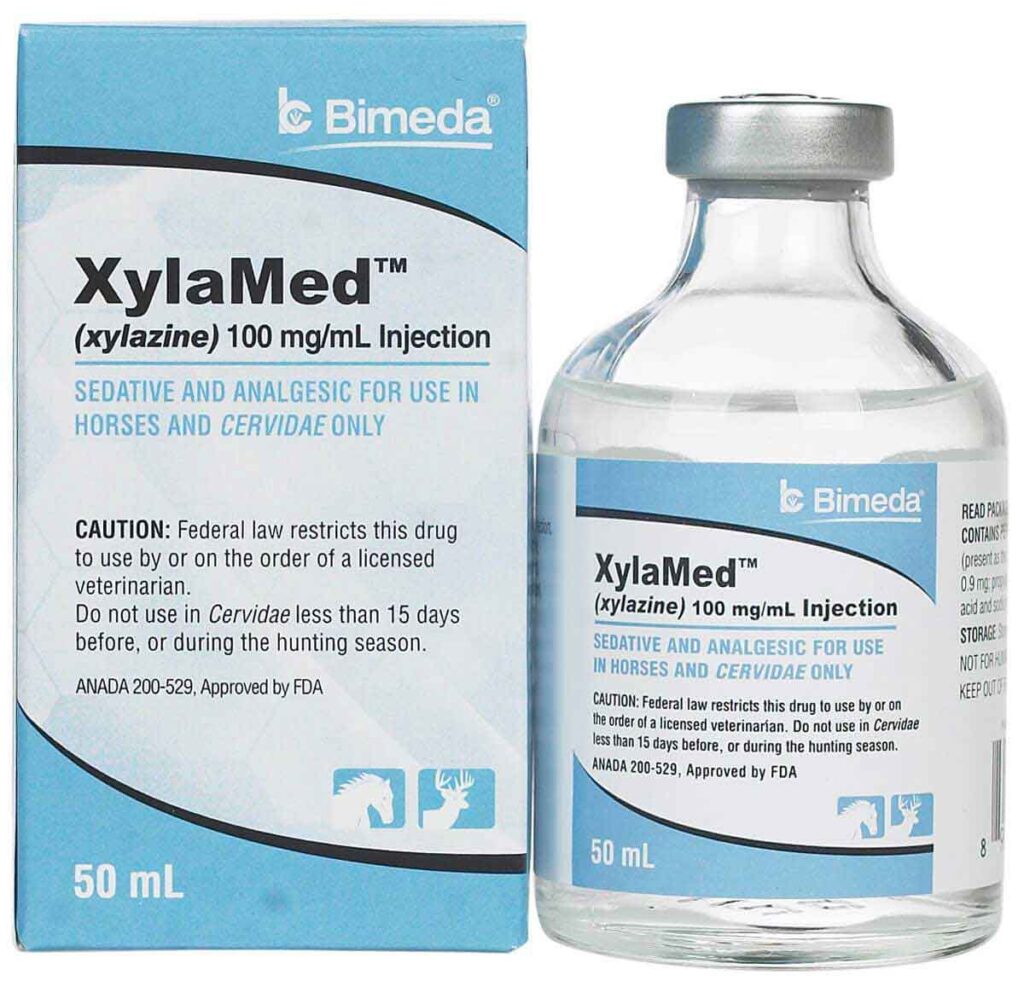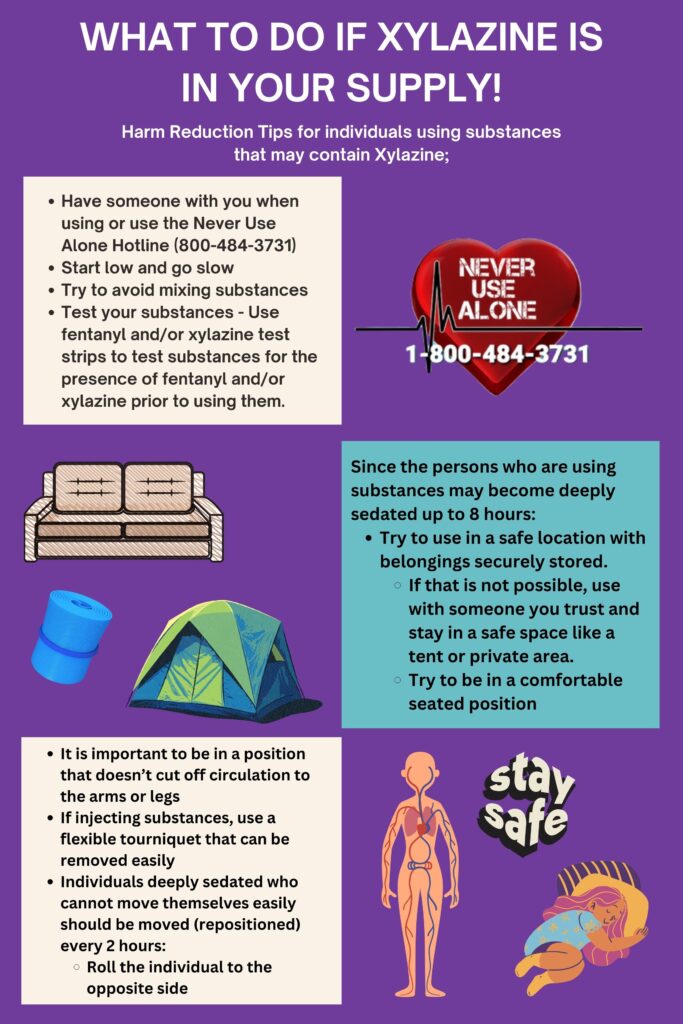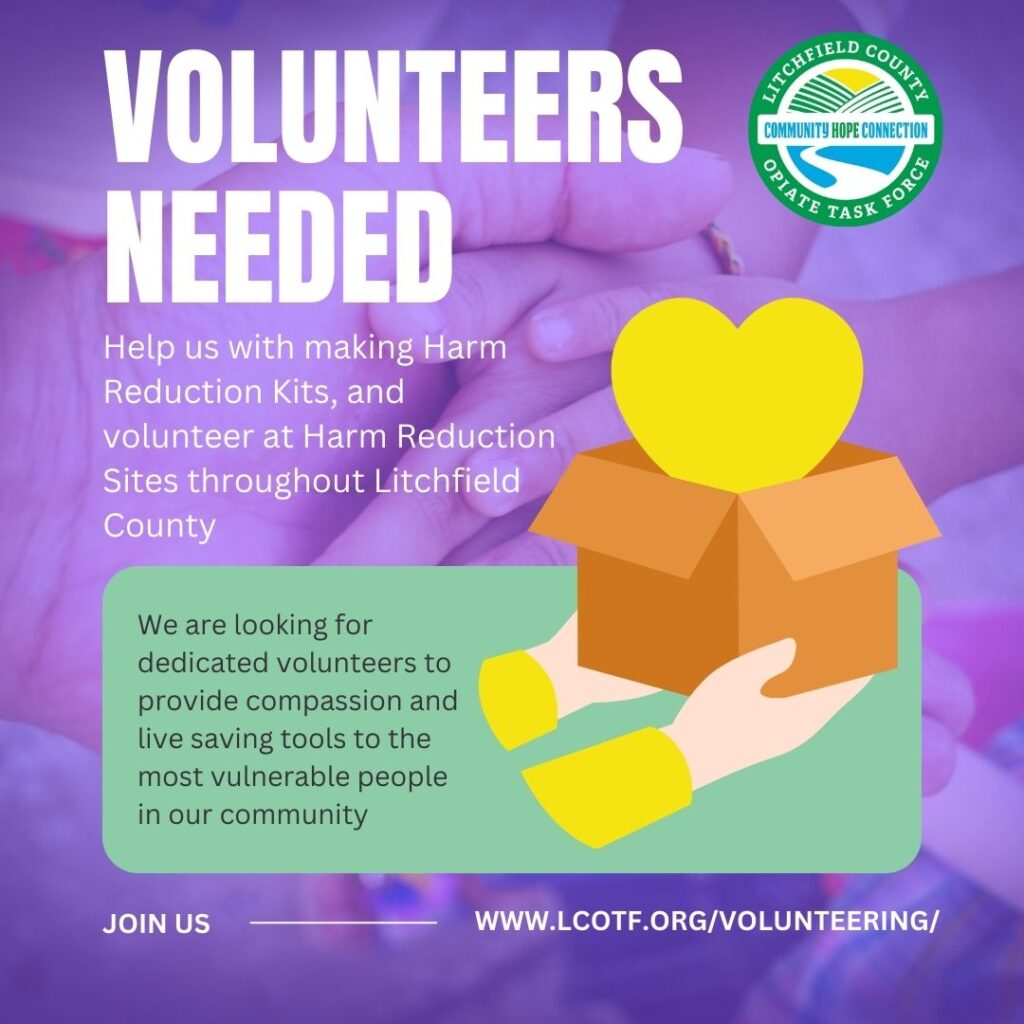How do we define Harm Reduction?
“Harm reduction is a set of practical strategies and ideas aimed at reducing negative consequences associated with drug use. Harm Reduction is also a movement for social justice built on a belief in, and respect for, the rights of people who use drugs” (NHRC, 2022).
– National Harm Reduction Coalition
Harm reduction incorporates various methods that range from safer use, to managed use, to abstinence.
- A Harm Reduction approach means that we aim to meet people who use drugs where they are. It also means we aim to move at the pace of the individual. It does not remove a person’s primary coping mechanism until others are in place.
- A Harm Reduction approach seeks to empower drug users, encouraging them to share information and support each other.
- A Harm Reduction approach works to minimize harmful effects rather than ignore or condemn them.
- Harm Reduction acknowledges that some ways of using drugs are clearly safer than others.
- Harm Reduction is not a replacement for drug treatment.
- Harm Reduction is another service that should be offered to people who use drugs as a form of pretreatment.
- Harm Reduction is not about “enabling” people to continue to use substances.
- Harm Reduction is about advocating for the health of people who use drugs. Similar to the way sexual education aims to teach about healthier and safer ways to engage in sex.
